Falls can have a significant impact on our lives, particularly for older adults.
Injuries from falls can lead to reduced independence, a decline in overall well-being, and even fatalities in severe cases.
Fall prevention is crucial for maintaining a high quality of life.
In this article, we will explore the following:
- the risk factors for falls,
- essential strategies for fall prevention,
- and tips for creating a safer environment.
By implementing these measures, you can reduce the risk of falls and promote a safer and more independent lifestyle.
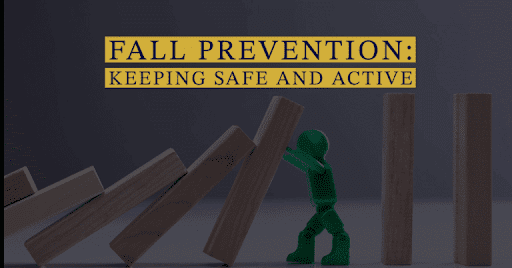
Understanding the Risk Factors for Falls
As we age, certain factors increase the likelihood of falls. Understanding these risk factors is essential for taking appropriate preventive measures.
Age-related Factors
Musculoskeletal Changes
With age, our muscles naturally lose strength and mass. Weaker muscles make it more challenging to maintain balance and stability, increasing the risk of falls.
Declining Balance and Coordination
As we get older, our ability to balance and coordinate movements may deteriorate. This can contribute to a higher risk of falling.
Health Conditions and Medications
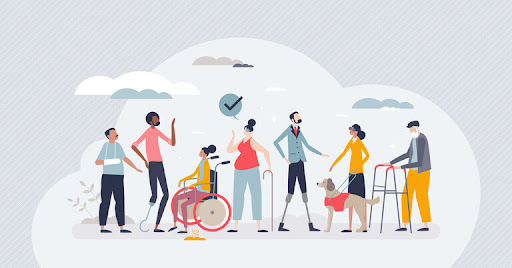
Chronic Diseases
Conditions like arthritis, osteoporosis, and diabetes can affect mobility, balance, and overall physical function. Individuals with these conditions are more prone to falls.
Medications and Side Effects
Certain medications, such as sedatives or blood pressure-lowering drugs, may have side effects that impact balance and coordination. It’s important to be aware of these potential effects and discuss them with your healthcare provider.
Environmental Factors
Hazards at Home
Tripping hazards like loose rugs, cluttered pathways, or poor lighting can increase the risk of falls within the home environment.
Outdoor Hazards
Uneven or slippery surfaces, inadequate lighting, or the absence of handrails on stairs and ramps can pose fall risks outside the home.
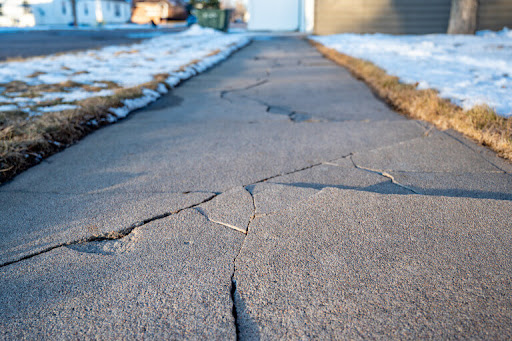
Assessing Fall Risk
To effectively prevent falls, it’s crucial to assess individual fall risk factors.
Self-assessment Tools
Various self-assessment tools are available to help individuals identify their risk of falling. These tools often include questions related to health, balance, mobility, and home environment.
Professional Assessment and Evaluation
Healthcare professionals, such as doctors or physical therapists, can conduct comprehensive assessments to evaluate an individual’s fall risk based on medical history, physical function, and environmental factors.
Identifying Personal Risk Factors
Combining self-assessment results and professional evaluations can help individuals identify their specific risk factors and tailor preventive strategies accordingly.
Creating a Safe Environment
Modifying the home environment can significantly reduce the risk of falls.
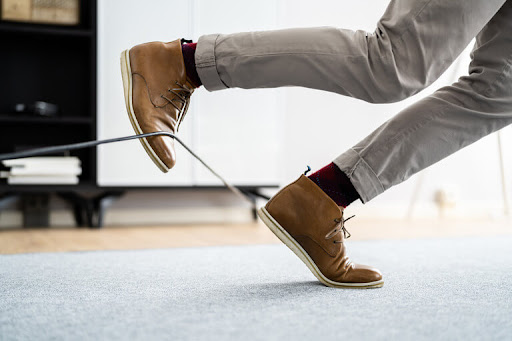
Home Modifications
Lighting and Visibility
Ensure adequate lighting in all areas of the home, especially stairs, hallways, and bathrooms, to improve visibility and reduce the risk of falls.
Removing Cutter and Trip Hazards
Clear pathways, secure loose rugs, and organize belongings to minimize tripping hazards within the home.
Grab Bars and Handrails
Install grab bars in bathrooms, along staircases, and near entrances to provide additional support and stability.
Bathroom Safety
Implement bathroom safety measures, such as using non-slip mats, raised toilet seats, and shower seats, to prevent falls.
Outdoor Safety Measures

Proper Lighting
Install outdoor lighting along walkways, entrances, and driveways to improve visibility and reduce the risk of falls during nighttime.
Sidewalk and Driveway Maintenance
Repair any cracks or uneven surfaces on sidewalks and driveways to minimize tripping hazards.
Handrails and Non-Slip Surfaces
Install handrails on stairs, ramps, and uneven pathways to provide support, while using non-slip materials or coatings to enhance traction.
Promoting Strength and Balance
Engaging in regular physical activity is vital for fall prevention.
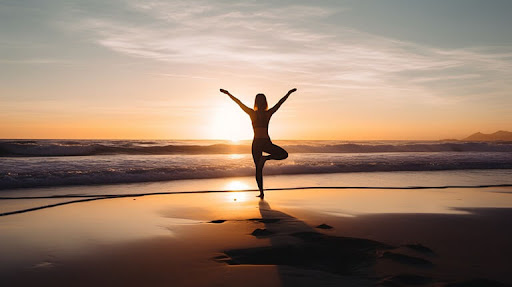
Exercise for Fall Prevention
Strength Training
Engage in exercises that target muscle strength, such as lifting weights or using resistance bands. Stronger muscles provide better support and stability.
Balance and Stability Exercises
Practice specific exercises like standing on one leg, heel-to-toe walk, or yoga poses to enhance balance and coordination.
Flexibility and Mobility Exercises
Regular stretching exercises improve flexibility, joint range of motion, and mobility, reducing the risk of falls.
Engaging in Physical Activities
Participate in regular physical activities, such as walking, swimming, dancing, or tai chi, to improve overall health and enhance muscle strength, balance, and coordination.
Managing Medications and Health Conditions
Proper management of medications and underlying health conditions is essential for fall prevention.

Medication Review
Regularly review your medications with your healthcare provider and discuss any potential side effects or concerns related to fall risks.
Discussing Fall Risks with Healthcare Providers
Engage in open conversations with your healthcare providers about fall risks associated with your medications and health conditions. They can provide guidance and adjustments, if necessary.
Managing Chronic Conditions
Proper management of conditions like high blood pressure, diabetes, or vision problems can improve overall health and reduce fall risk factors. Regular check-ups and adherence to treatment plans are essential.
Assisting Devices for Fall Prevention
Assisting devices can provide additional support and aid in fall prevention.

Walking Aids
Canes, walkers, or walking sticks provide stability and support for individuals with balance issues or mobility challenges.
Personal Emergency Response Systems (PERS)
These systems allow individuals to call for help in case of a fall or emergency. They provide a sense of security and peace of mind.
Fall Detection Devices
Automatic fall detection devices can alert emergency services or designated contacts in the event of a fall when the individual is unable to call for help.
Medication Management Tools
Pill organizers or reminder systems can help individuals stay organized with their medications and reduce the risk of errors or missed doses.
Strategies for Fall Prevention at Work and in Public Places
Fall prevention extends beyond our homes to workplaces and public spaces.

Workplace Safety Measures
Employers should prioritize workplace safety by ensuring proper lighting, clear walkways, non-slip surfaces, and promoting a culture of safety awareness among employees.
Public Spaces and Community Programs
Communities can contribute to fall prevention by maintaining safe and accessible environments. Programs that raise awareness and provide education on fall prevention can have a significant impact on reducing falls among individuals of all ages.
Educating Family and Caregivers
Raising awareness about fall prevention is crucial for ensuring a supportive and safe environment.
Raising Awareness About Fall Prevention
Educate family members, friends, and caregivers about the importance of fall prevention and the specific strategies to implement.
Involving Family Members and Caregivers
Encourage family members and caregivers to actively participate in fall prevention efforts, such as implementing home modifications, assisting with exercise routines, and supporting medication management.
Training and Education Resources
Access training programs, workshops, or educational materials to enhance knowledge and skills related to fall prevention and safety measures.
Fall Prevention and Lifestyle Changes
Simple lifestyle changes can contribute to fall prevention.
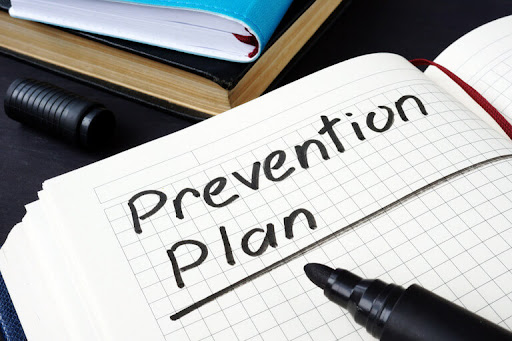
Nutrition and Hydration
Maintain a balanced diet and stay hydrated to support overall health, muscle strength, and bone health.
Vision and Hearing Health
Regular eye check-ups and hearing evaluations are essential for maintaining good vision and hearing, which play a crucial role in balance and awareness of surroundings.
Sleep and Rest
Getting enough sleep and rest helps maintain energy levels, cognitive function, and reduces the likelihood of falls caused by fatigue or inattention.
Frequently Asked Questions
What are the Risk Factors for Falls?
Risk factors for falls include age-related factors such as changes in muscle strength and declining balance, health conditions like arthritis or diabetes, certain medications, and environmental hazards.
How Can Physical Activity Help Prevent Falls?
Regular physical activity, including strength training, balance exercises, and flexibility workouts, improves muscle strength, coordination, and balance. These factors play a crucial role in preventing falls among adults.
What is the Impact of Falls on Quality of Life?
Falls can significantly affect an individual’s quality of life. In addition to physical injuries, falls can lead to decreased independence, fear of falling, social isolation, and reduced overall well-being. Implementing fall prevention strategies can help maintain a higher quality of life.
What are Potential Fall Hazards at Home?
Potential fall hazards at home include loose rugs, cluttered pathways, poor lighting, uneven surfaces, and lack of grab bars or handrails in bathrooms and staircases. Identifying and addressing these hazards can significantly reduce the risk of falls.
How Can I Prevent Falls?
There are several ways to prevent falls. These include creating a safe environment by removing hazards, such as tripping and improving lighting, engaging in regular physical activity to improve muscle strength and balance, managing medications and health conditions, and utilizing assistive devices when needed.
What are Some Effective Balance Exercises?
Effective balance exercises include standing on one leg, heel-to-toe walking, yoga poses like tree pose, and tai chi movements. These exercises help improve balance, coordination, and stability.
How Often Should I Perform Exercises to Prevent Falls?
To maintain the benefits of exercise for fall prevention, engaging in physical activities and balance exercises regularly is recommended. Aim for at least 150 minutes of moderate-intensity aerobic activity per week and strength training exercises two or more days a week.
Can Daily Exercises Improve Muscle Strength and Prevent Falls?
Yes, daily exercises that focus on improving muscle strength, such as resistance training or weightlifting, can help build stronger muscles, which in turn supports stability and reduces the risk of falls.
What Steps Can I Take to Identify Potential Fall Hazards in My Home?
To identify potential fall hazards in your home, you can conduct a thorough assessment by looking for tripping hazards, checking lighting conditions, examining the stability of the furniture, and ensuring that handrails and grab bars are properly installed where needed.
How Can Fall Prevention Strategies Improve My Overall Quality of Life?
Fall prevention strategies reduce the risk of falls but also help improve your overall quality of life. Maintaining strength, balance, and independence allows you to enjoy greater mobility, engage in activities you love, and experience a higher sense of well-being.
Remember, if you have specific concerns or questions about fall prevention, it’s always advisable to consult with healthcare professionals or reach out to a reliable home care service like Grand Strand Comfort Care for personalized guidance and support.
Conclusion
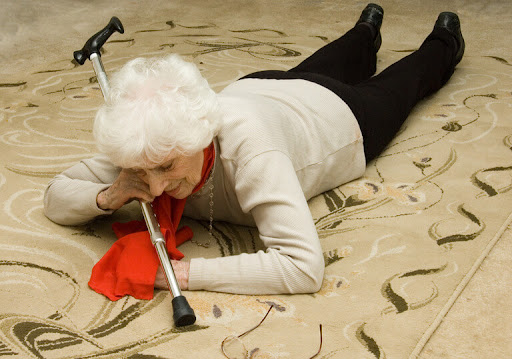
Preventing falls is a proactive and achievable goal. By understanding the risk factors, creating a safe environment, engaging in regular physical activity, managing medications and health conditions, and adopting a healthy lifestyle, we can significantly reduce the risk of falls and improve our overall quality of life. Take the necessary steps to implement these strategies and enjoy a future filled with confidence, independence, and a reduced risk of falls.
Remember, fall prevention is a lifelong commitment. Start implementing these essential strategies today and make your environment safer.
By doing so, you will not only protect yourself from the potential harm caused by falls but also empower yourself to lead a more active and fulfilling life.
Getting Started
If you or your loved ones need assistance or have any questions about fall prevention, we’re here to help.
Our experienced team at Grand Strand Comfort Care is dedicated to providing exceptional in-home care services and support.
Give us a call at 843-626-2613 to speak with our caring professionals.
Together, let’s work towards a safer and more independent future.


